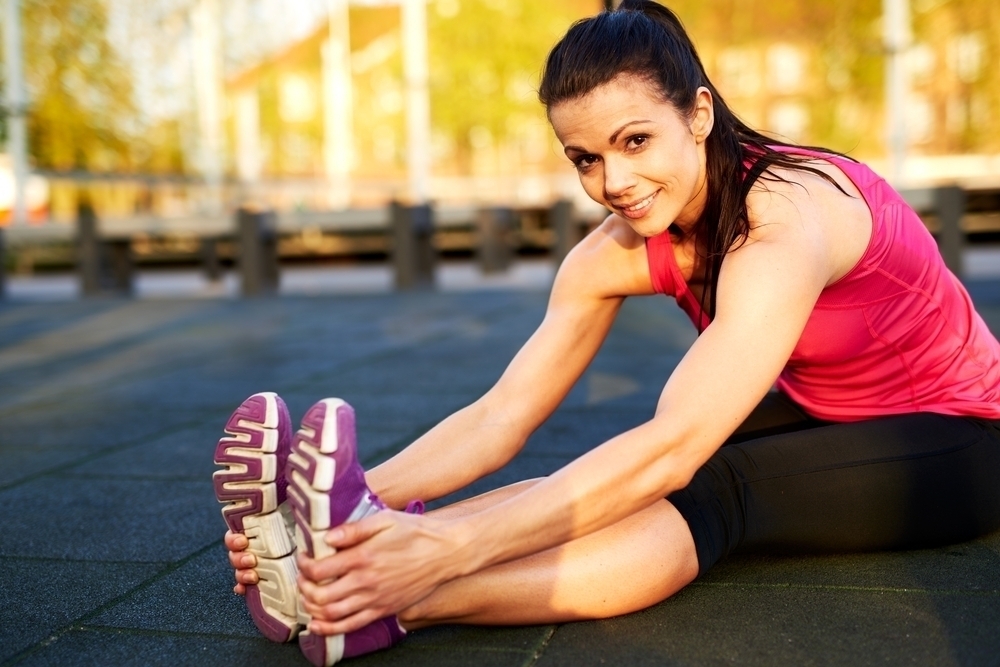Life can run at a very fast pace. With everyone always rushing to get ahead of everyone else, sometimes, slowing down a little can be a welcome change. As we age, we start to mature and let the little things go. We start to smell the flowers, relax, take some time out for the small things, resulting in what many feel to be the prime of our lives. However, sometimes going too slow can be a warning sign. Recent research reveals that there may be a link between slowing gait and early onset dementia. Read on to find out what researchers are saying that may help you prepare for early detection.
Study Revelations
A study published in Neurology suggests that walking speed may be connected to an onset of cognitive decline in older adults. Findings showed that participants who slowed down by 0.1 seconds or more annually were at a 47 percent greater risk for cognitive impairment as compared to their peers who did not show any signs of slowing. In addition, brain analysis of those with slower gaits revealed a shrinkage in the right hippocampus, the region associated with memory and complex learning.
The recent study was conducted using a stopwatch. One hundred and seventy-five adults between the ages of 70 and 79 were instructed to walk down and 18-foot long hallway while their walking speeds were measured. Participants demonstrated good mental health and had normal brain scan results at the beginning of the study. Walking speed was assessed over the course of 14 years, after which the participants underwent brain scans and tests for mental acuity.
Professor Andrea Russo at the University of Pittsburgh warns that although the reduction in speed is small, it may become a problem over time. “A fraction of a second is subtle, ” she says,”but over 14 years, or even less, you would notice.”
Other Findings
Even when researchers took such things into account as knee pain, muscle weakness, and certain diseases, the revelations held true. While admitting a slower pace is not a sufficient means of diagnosing a cognitive decline, researchers say it may be valuable in detecting early detection of mental issues, which can result in early preventative treatment.
This is not the first instance of evidence suggesting walking speed is connected with the development of dementia. A 2013 study published in Neurology revealed similar findings. This study involved 93 adults, aged 70 and over, 54 of whom had no signs of cognitive impairment, 31 of whom had nonmemory related brain decline, and 8 with memory loss related decline. Results indicated that the slower walker was nine times more likely to be affected by nonmemory related cognitive issues that fast or moderate walkers.
The Breakdown
These studies can provide insight into how walking speed can help predict cognitive impairment in older adults so they can focus on early treatment and prevention to prevent the disease from progressing.
Have you observed changes in the walking speed of yourself or a loved one? Have you sought a doctor’s advice? Let us know how detection leads to your early prevention of cognitive decline.





